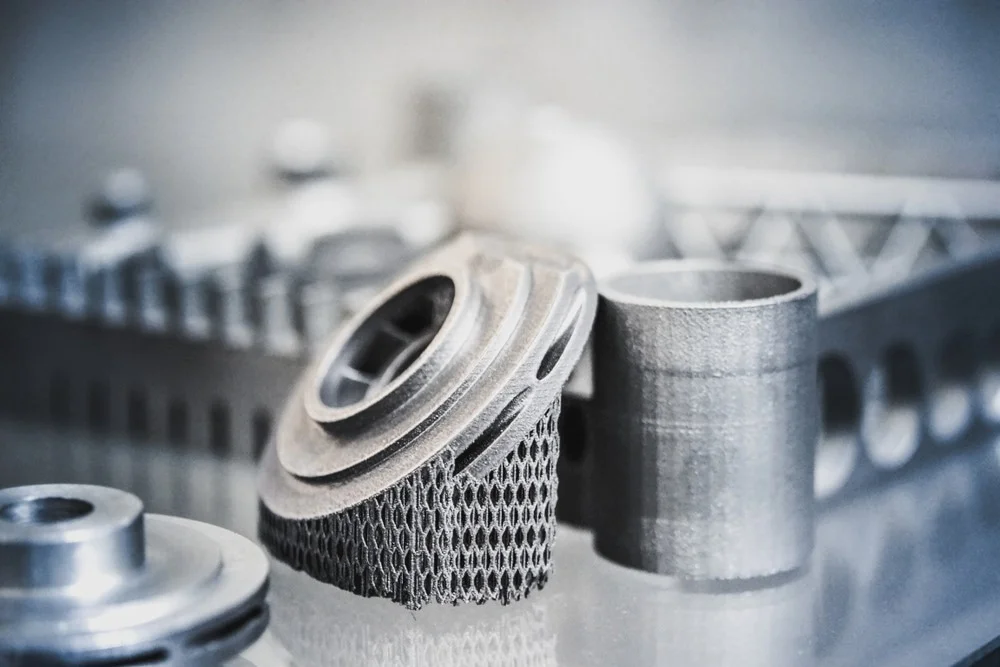ISO 10142 Stress Relaxation Testing of Metallic Wires
The ISO 10142 stress relaxation testing protocol is a critical tool in metallurgy and material science, designed to assess the stability and reliability of metallic wires under sustained mechanical loading. This test evaluates how materials behave over time when subjected to constant tension or compression. Understanding these behaviors is crucial for applications involving high-stress environments such as aerospace, automotive, and power generation sectors.
The primary focus of ISO 10142 testing is the stress relaxation behavior of metallic wires under defined temperature conditions. The test simulates real-world operating conditions, providing insights into how materials might degrade over time in service. By subjecting specimens to controlled thermal cycling and mechanical loading, this procedure helps manufacturers and engineers ensure that their products will perform reliably throughout expected lifetimes.
Metallurgists and material scientists use ISO 10142 testing as part of a broader suite of tests aimed at verifying the integrity and performance characteristics of materials. This service is particularly valuable for industries where even minor deviations in mechanical properties can lead to catastrophic failures. The results from this test are used not only in quality control but also in research and development efforts focused on improving material composition and design.
For instance, aerospace manufacturers rely heavily on stress relaxation tests to ensure the longevity of critical components like engine bearings or turbine blades. In the automotive industry, similar tests help validate the durability of suspension wires and other load-bearing elements. Power generation facilities utilize this information to assess the integrity of structural members within generators and transformers.
The process begins with careful specimen preparation, ensuring that each wire is free from defects and representative of typical production runs. Specimens are then subjected to precise mechanical loading while maintaining constant temperature conditions throughout the duration of the test. The rate at which stress decreases over time provides key data points for evaluating material performance.
Interpreting these results involves comparing them against established standards and benchmarks, allowing engineers to make informed decisions about design modifications or raw material sourcing adjustments. This testing method offers a deeper understanding of material behavior under thermal stress, enabling more robust product development processes across various sectors.
Scope and Methodology
| Test Parameter | Description |
|---|---|
| Temperature Range | From room temperature up to 1000°C, depending on the material type. |
| Stress Levels | Sustained stress levels between 5% and 95% of yield strength. |
| Test Duration | Can range from several hours to days or weeks, depending on the desired outcome. |
| Environmental Conditions | Isolated environment to control variables such as humidity and contamination. |
The ISO 10142 stress relaxation test is conducted in a controlled laboratory setting where environmental factors are minimized. Specimens undergo initial mechanical loading followed by continuous observation under specified temperature conditions. The rate at which the applied stress decreases over time provides valuable information about the material's response to thermal cycling.
Quality and Reliability Assurance
Our laboratory adheres strictly to ISO 10142 standards, ensuring accurate and reliable testing results. We employ state-of-the-art equipment capable of maintaining precise temperature control during the test period. Rigorous quality checks are performed at every stage of specimen preparation, loading, and data collection.
Data analysis is conducted using advanced statistical techniques to identify trends and outliers in stress relaxation behavior. This comprehensive approach guarantees that our findings meet or exceed industry expectations. Compliance with international standards like ISO 10142 ensures consistency across tests, fostering trust among clients who depend on accurate material assessments for critical applications.
Our commitment to quality extends beyond the laboratory; we provide detailed reports summarizing test procedures, results, and interpretations. These documents serve as valuable resources for decision-makers within manufacturing organizations seeking to optimize product performance or reduce development cycles.
Customer Impact and Satisfaction
- Enhanced confidence in material selection through accurate testing data.
- Faster design iterations based on real-world stress relaxation behavior.
- Better informed procurement decisions leading to cost savings.
- Improved product reliability reducing the risk of recalls or failures.
- Increased competitiveness by offering superior quality assurance practices.
- Streamlined regulatory compliance processes with consistent testing protocols.
Clients benefit from our expertise in interpreting test results, providing actionable insights that drive innovation and efficiency. By leveraging ISO 10142 stress relaxation tests, businesses can enhance their reputation for delivering high-quality products while meeting stringent industry requirements.





